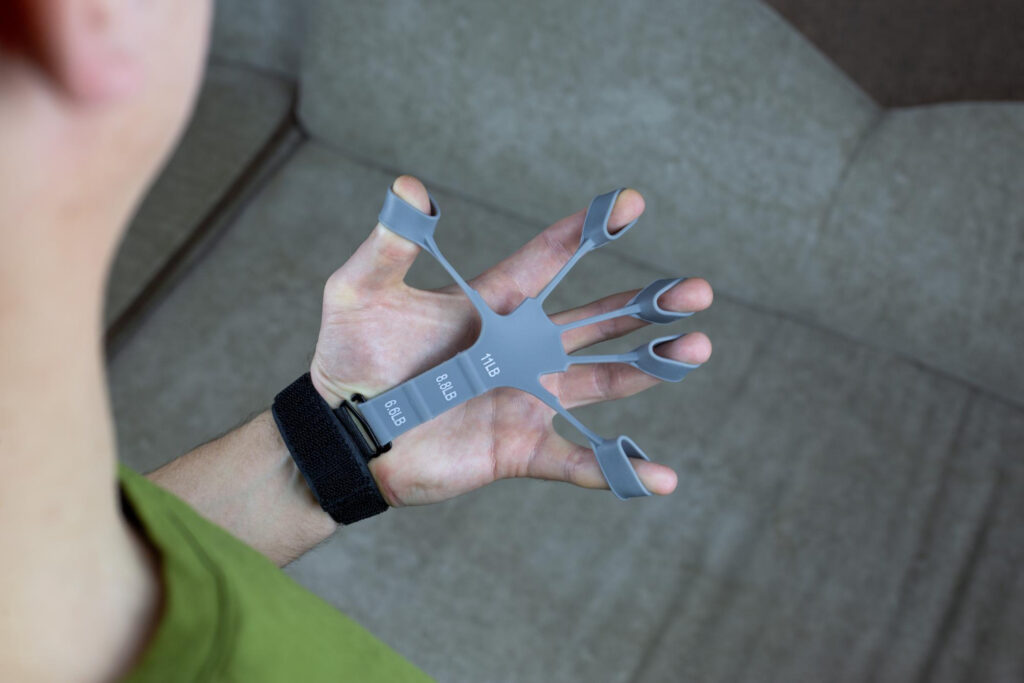
Modern operating systems support a wide range of multi-touch and mouse gestures, but few users take full advantage of these capabilities. Mapping custom gestures to frequently used actions can transform your workflow, letting you launch applications, switch between windows, or control media playback with simple swipes and taps. By creating a personalized gesture control setup, you reduce reliance on menus and keyboard shortcuts, leaving your hands free to focus on the task at hand. In this post, we’ll explore why gesture mapping matters, walk through the process of setting up custom gestures, dive into advanced action chains, and share best practices to ensure reliable, conflict-free performance—all without writing a single line of code.
Why Gesture Mapping Matters

The beauty of gesture mapping lies in its ability to turn intuitive motions into powerful commands. Rather than memorizing complex key combinations or hunting through toolbars, you assign natural finger movements—such as three-finger swipes or circular motions—to your most common tasks. This reduces cognitive load and speeds up repetitive operations. For example, a three-finger swipe left and right can switch virtual desktops, while a circular clockwise gesture might increase volume. By leveraging muscle memory, you perform actions almost subconsciously, saving precious seconds with every interaction. Ultimately, gesture mapping elevates your productivity and creates a seamless interface between your intentions and your computer’s responses.
Setting Up Custom Gestures
Most operating systems and third-party utilities provide built-in interfaces for creating and assigning gestures. Begin by choosing a gesture mapping tool compatible with your platform—options include built-in trackpad settings on macOS, software like Touché or BetterTouchTool, and Windows utilities such as GestureSign. Open your gesture manager and select a new gesture slot. Test the gesture—such as a three-finger tap or mouse wheel click—and record its pattern. Next, assign the desired action from a list of system commands or application launches. For instance, map a four-finger pinch to open your file manager or a two-finger swipe up to show all open windows. Experiment with basic mappings first, ensuring each gesture registers reliably before moving on to more complex sequences.
Advanced Action Chains and Shortcuts
Once you’ve mastered simple mappings, elevate your configuration with chained actions and conditional logic. Many gesture utilities let you string together multiple commands: a single gesture could launch your email client, open a new message window, and place the cursor in the recipient field. You can also incorporate delays or conditional checks—for example, only perform a window-tiling action when multiple windows are open. Some tools integrate with automation frameworks, allowing gestures to trigger custom scripts or keyboard macros. Imagine tapping with four fingers to run a backup script, followed by a notification pop-up to confirm completion. By chaining actions, you automate complex workflows with a single motion, turning your trackpad or mouse into a highly efficient control hub.
Best Practices for Reliable Gesture Control

To keep gesture mappings consistent and conflict-free, follow a few key guidelines. First, avoid overlapping gestures—assign each unique movement to only one action to prevent misfires. Second, choose gestures that are easy to perform and unlikely to occur accidentally during normal navigation. Test your mappings over several days to spot any unintended triggers or recognition issues. Third, maintain a logical grouping: use one category of gestures (e.g., swipes) for navigation and another (e.g., taps) for application controls. Finally, back up your gesture configuration file regularly and document each mapping in a simple list. This ensures you can restore your setup after system updates or share it easily across multiple devices. With these lifehacks in place, your trackpad and mouse will become extensions of your workflow, responding instantly to every intention.
By mapping trackpad and mouse gestures to your favorite actions, you streamline interactions, reduce friction, and unlock a new level of efficiency. Whether you’re a power user juggling multiple applications or someone looking to simplify daily tasks, these gesture control lifehacks offer a transformative approach to navigation and automation—one intuitive swipe at a time.





Leave a Reply